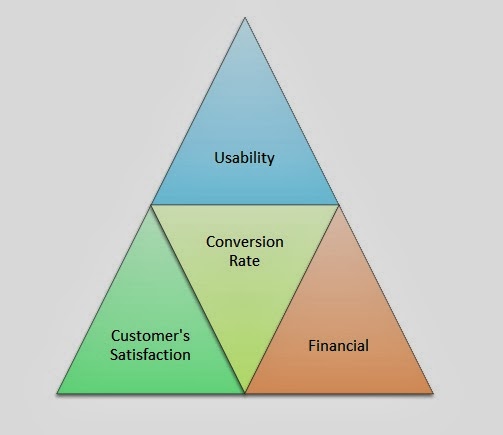Good
day dear readers. I hope you are healthy always. Thank you for continuing
reading my learning journal, I appreciate it so much. In this post, I would
like to share with you guys and gals the fourth chapter of what we have learnt,
which is *drum rolls* Measuring the Success of Strategic Initiatives. Okay, I
know some of you are cringing and have your eye brow raised, fear not! I’m here
to tell you the story of this complex (it’s not so complex, really) topic. All
you have to do is read and understand, I’m sure you’re able. Anyhow, I feel
like I’m babbling so much now so how about we get started. In this topic we
(‘we’ as in my class) learnt about the efficiency IT metrics and effectiveness IT
metrics (don’t get confused with these two), the common types of efficiency IT
metrics, the types of effectiveness IT metrics and what is customer metrics and
their importance to an organization. It’s not that complex, right? J
Efficiency
IT Metrics? Effectiveness IT Metrics? Benchmarking? What?
In
this topic, the two terms you must remember and not get confuse is efficiency
IT metrics and effectiveness IT metrics. Can you see the difference? The first
one is efficiency while the second is effectiveness, remember that. Efficiency
IT metrics by definition means the measurement of the performance of the IT
system itself including throughput, speed, and availability. Meanwhile,
effectiveness IT metrics means measurement of the impact IT has on business
processes and activities including customer satisfaction, conversion rates, and
sell-through increases. Moving on, it doesn’t really matter what is being
measured, how it is measured and if it is for efficiency or effectiveness,
there must be benchmarks or a baseline values the system wants to achieve. What
is benchmark you ask? Benchmark is a process of continuously measuring system
results, comparing those results to optimal system performance, and identifying
steps and procedures to improve system performance.
The
Many Types of Efficiency IT Metrics and Effectiveness IT Metrics
Efficiency
IT metrics are easier to measure and monitor than effectiveness metrics as it
monitors technology. The types of efficiency IT metrics are as below.
While
efficiency is easier to measure, effectiveness however is a little bit
complicated to measure. Why? Because how do you measure customer’s
satisfaction? The ways that a company measures the effectiveness are by:
Metrics
for Strategic Initiatives
Metrics
for measuring and managing strategic initiatives consist of:
Web
site metrics.
·
Abandoned registrations
·
Abandoned shopping cards
·
Click-through
·
Conversion rate
·
Cost-per-thousand
·
Page exposures
·
Total hits
·
Unique visitors
Supply
chain management (SCM) metrics
·
Back order
·
Customer order promised cycle time
·
Customer order actual cycle time
·
Inventory replenishment cycle time
·
Inventory turns (inventory turnover)
Customer
relationship management (CRM) metrics
·
Sales metrics
·
Service metrics
·
Marketing metrics
Business
process reengineering (BPR) metrics












